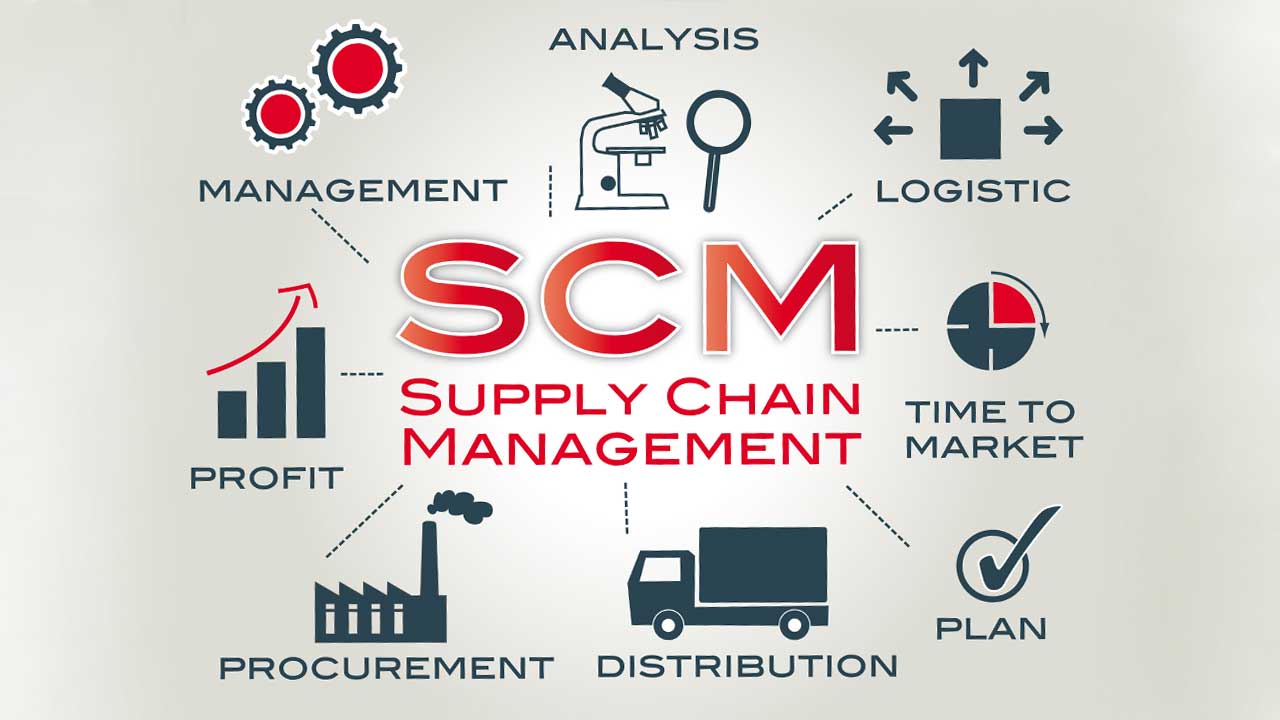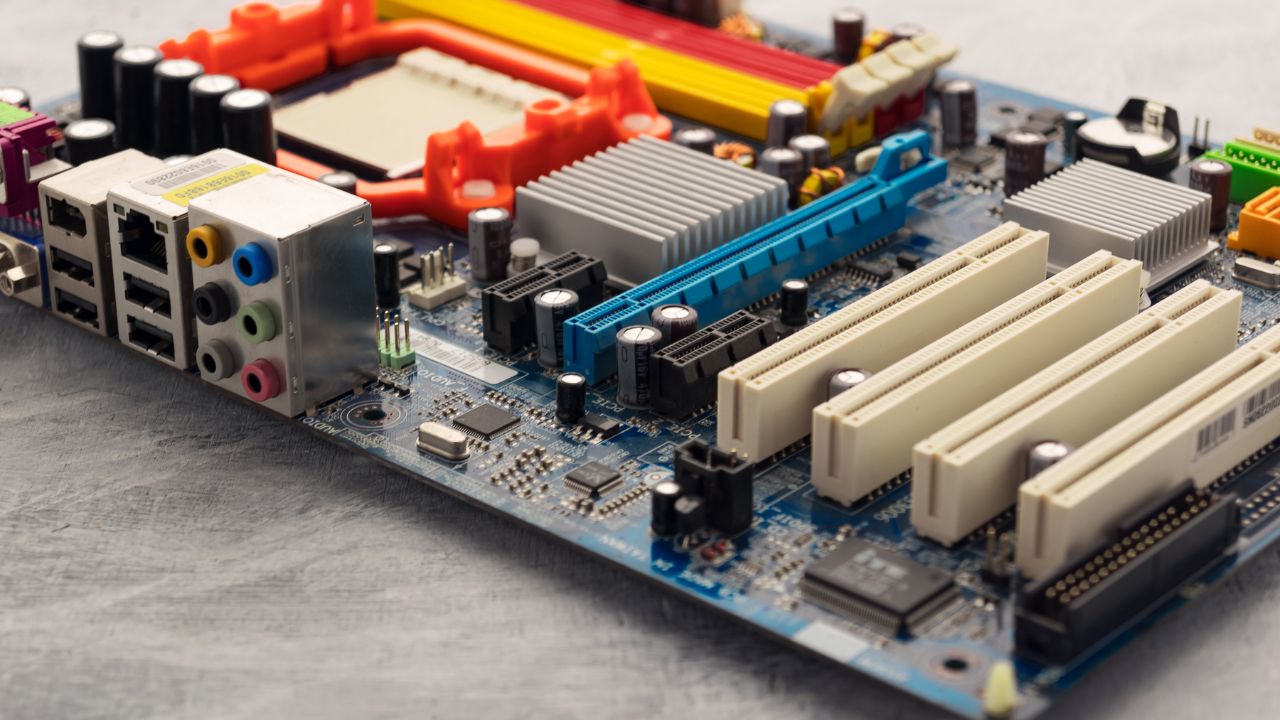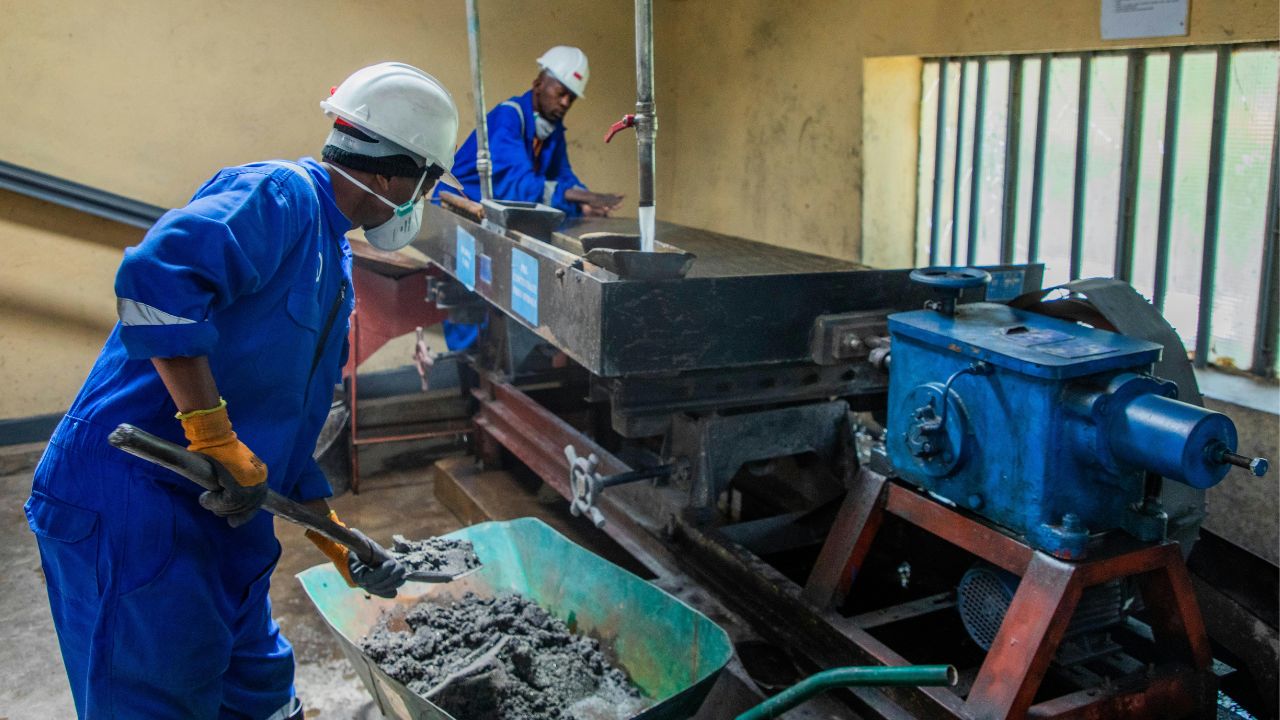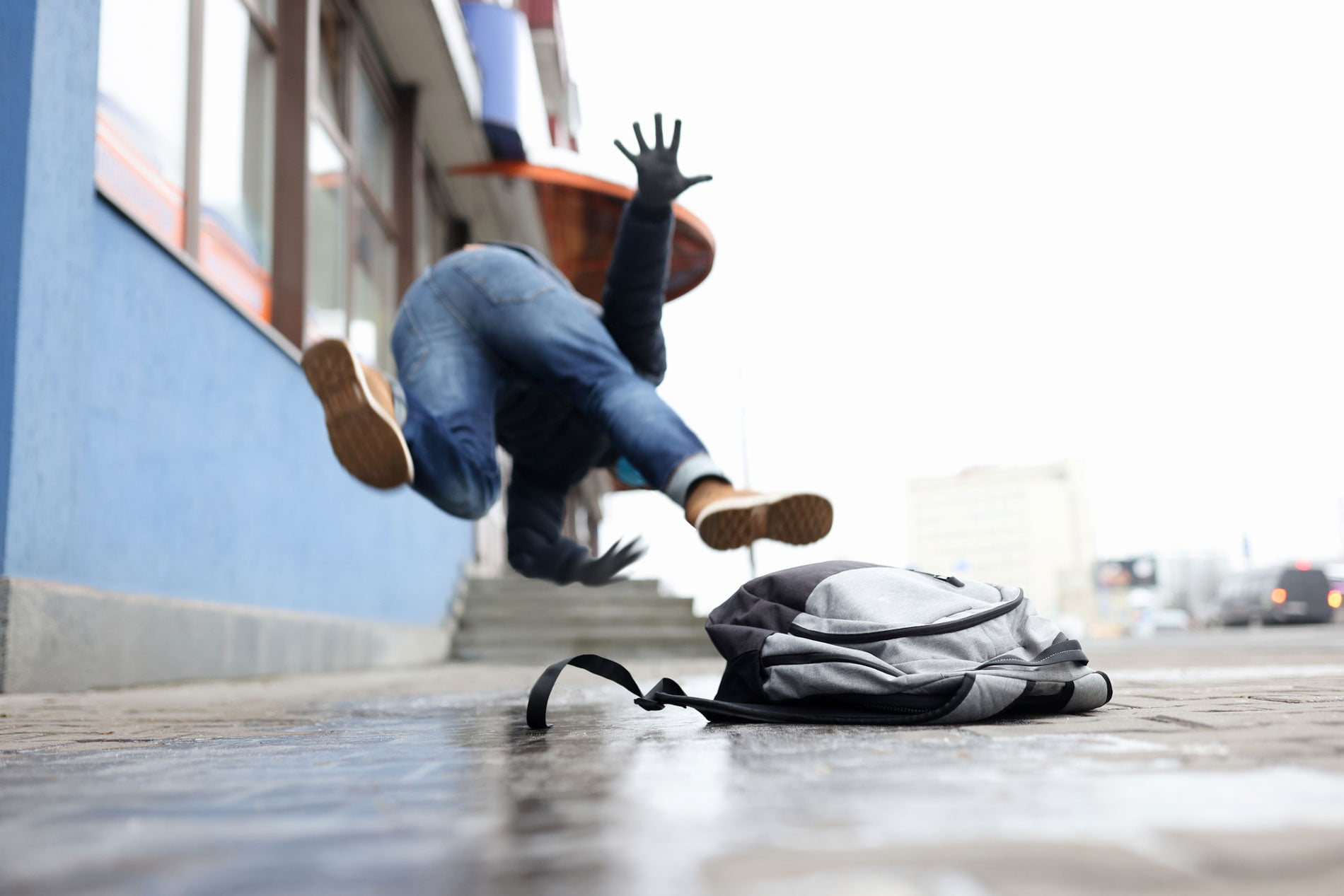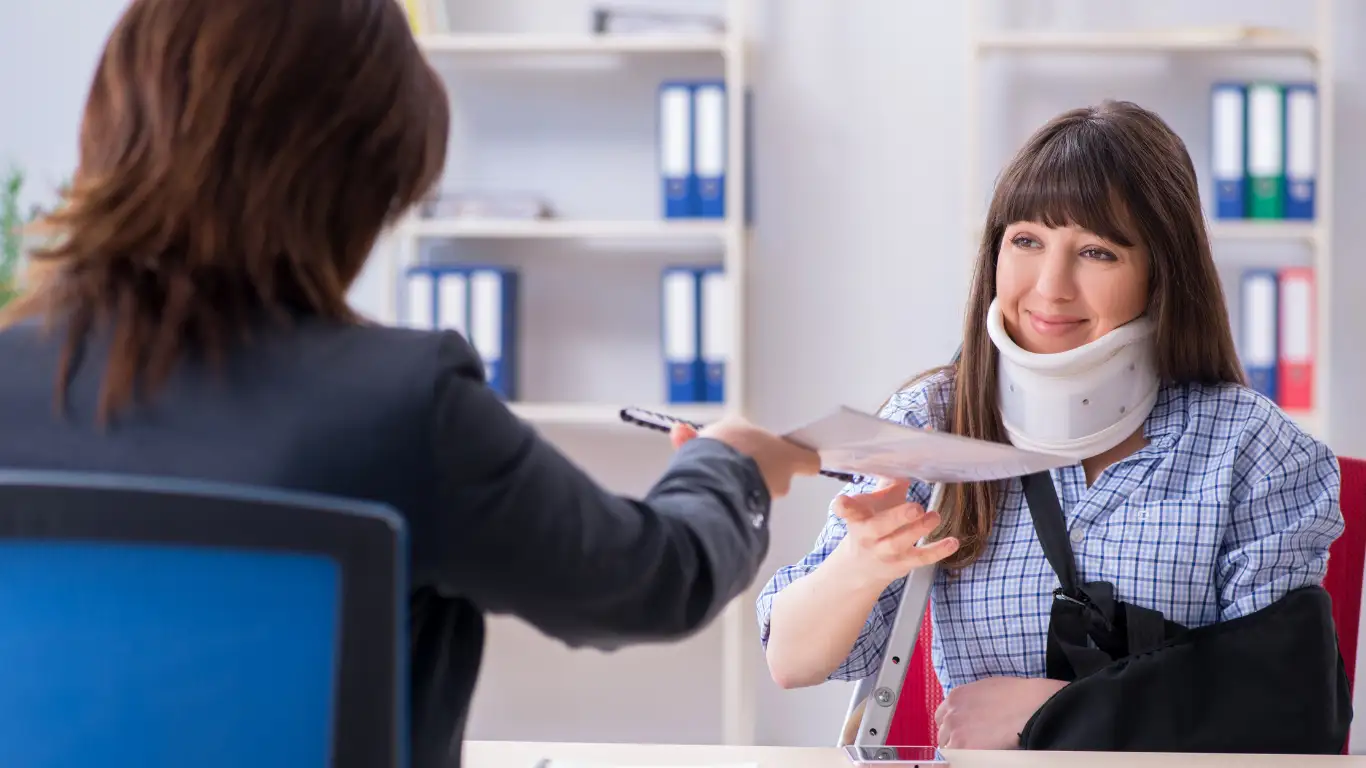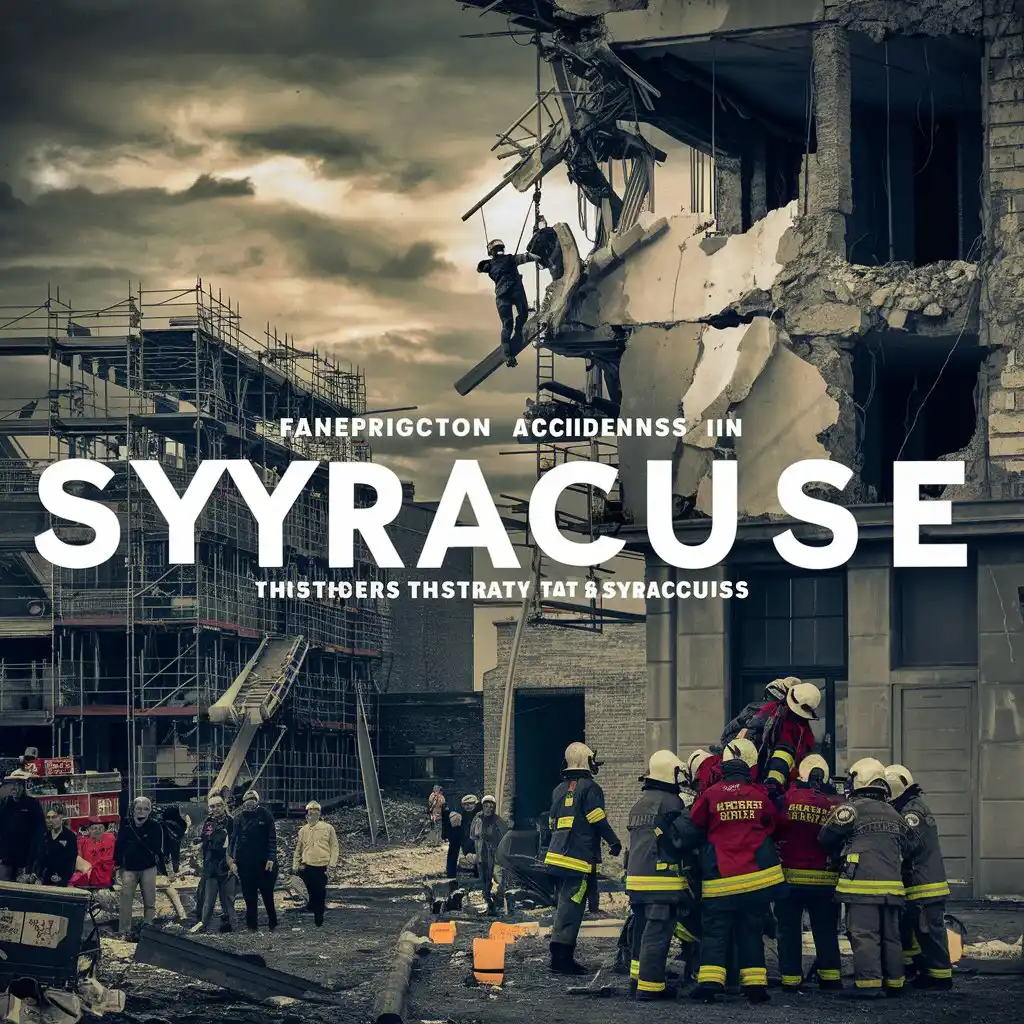Key Takeaways:
- Understanding common causes of slip and fall accidents.
- Safety measures to prevent these incidents in homes and workplaces.
- What legal actions should be taken if you or someone you are familiar with goes through a slip-and-fall incident?
- Resources for further information and assistance.
Common Causes of Slip and Fall Accidents
If you have been injured in a slip and fall accident, it’s essential to seek the advice of a slip and fall attorney. The risk of slipping and falling can occur in different places, such as sidewalks, parking lots, workplaces, and homes. These incidents often happen because of environmental factors and human behavior, such as wet floors, uneven surfaces, poor lighting, and obstacles in pathways. According to a report, falls are the leading cause of nonfatal injuries in the United States among all age groups. Knowing these factors can significantly aid in avoiding similar incidents. Statistics show that over one million Americans suffer injuries each year from slips, trips, or falls, resulting in missed work and costly medical expenses.
Implementing Safety Measures
Proactive safety measures are crucial in reducing the risk of slips, trips, and falls. Regular inspection and maintenance of floor surfaces can prevent hazardous conditions from occurring. Using anti-slip mats in often wet spaces, like kitchens and bathrooms, can help reduce the chances of accidents. Adequate lighting is essential in hallways and staircases to avoid slips and falls caused by poor visibility. For workplaces, adhering to OSHA guidelines for fall prevention is critical. These guidelines recommend using guardrails, harnesses, and other protective equipment. Encouraging employees to report and address hazards promptly can result in a safer environment. Simple actions such as keeping walkways clear of clutter and ensuring spills are cleaned up immediately can go a long way in preventing accidents.
What to Do After a Slip and Fall Incident
Acting quickly ensures proper care and legal protection if a slip and fall accident occurs. First, seek medical attention immediately, even if there are no visible injuries. Symptoms can sometimes manifest later, and early medical records are essential for legal claims. Collect evidence from the incident scene, such as photographs of the hazard (wet floor, poor lighting), and obtain statements from any witnesses. This documentation can be crucial for legal proceedings. Consulting a slip-and-fall attorney can offer specific legal guidance tailored to your case.
Legal Rights and Compensation
Knowing your legal rights after a slip-and-fall accident can ensure you are adequately compensated. Individuals who own property are typically required to ensure the safety of the surroundings; neglecting this responsibility may result in legal consequences. If negligence is determined, individuals involved in slip-and-fall accidents might be able to get compensation for medical bills, lost income, and emotional distress. Every state has regulations for these situations, but the fundamental principles remain consistent.
Some states adhere to comparative negligence statutes, under which the compensation awarded can be decreased based on the victim’s level of fault. Seeking guidance from a skilled lawyer can assist in navigating these intricacies and guarantee you get the rightful compensation.
Home Safety Tips
To ensure that residents are at home, it’s essential to ensure all areas are well-lit and free from clutter. Secure loose rugs using non-slip pads, and install handrails on staircases and bathroom areas where falls are most likely. Consistently checking your home for possible dangers, like damp areas or irregular flooring, and promptly addressing them can significantly impact you. Additionally, educate family members on the importance of these safety measures. Simple actions such as wiping up spills immediately and avoiding the use of slippery cleaning agents on floors can also help mitigate risks.
Workplace Safety Practices
Employers must regularly train employees on safety and provide appropriate equipment to maintain a secure work environment. They promote a culture of safety where employees are encouraged to report hazards, leading to a notable reduction in the chances of accidents. Conducting routine safety inspections is a successful method for recognizing and dealing with possible risks before they lead to incidents. Utilizing safety measures like wearing non-slip shoes and setting up security cameras can aid in monitoring and averting hazardous incidents. Ultimately, guaranteeing that every employee is knowledgeable about emergency protocols and can easily reach first aid kits could be crucial in case of a mishap.
Conclusion
Knowledge of the causes and implementation of preventive measures can significantly reduce the likelihood of slip-and-fall accidents, resulting in severe and potentially long-lasting consequences. Understanding your legal rights and taking the necessary steps after an accident to receive appropriate compensation is crucial. Utilizing resources and seeking expert advice is needed to combat these incidents effectively and vigilantly. Taking proactive measures can help avoid injuries and establish a safer setting for all individuals.



